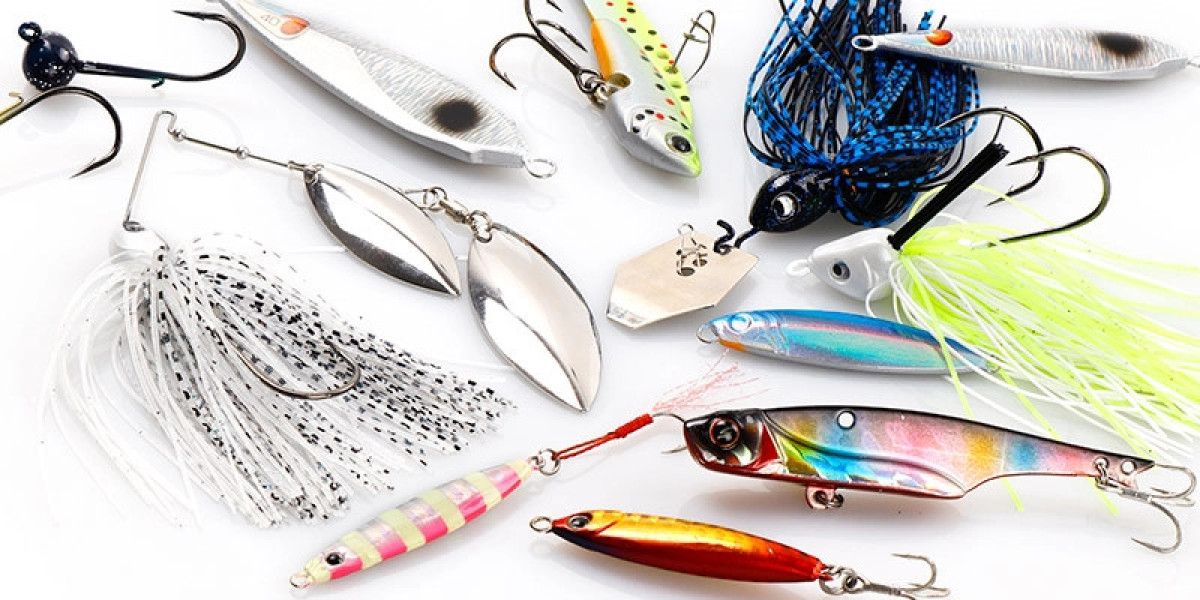Fishing knots are the critical link between an angler and their catch.
These essential connections can mean the difference between landing the fish of a lifetime and telling another story about “the one that got away.”
Whether you’re a weekend warrior heading to your local lake or a seasoned professional targeting trophy fish, understanding and mastering fishing knots is fundamental to your success on the water.

In this comprehensive guide, we’ll explore the most effective fishing knots, their specific applications, and provide detailed instructions to help you tie them correctly every time.
From the basics of knot theory to advanced techniques used by professional anglers, this guide will enhance your fishing experience and increase your success rate on the water.
Why Learning to Tie Fishing Knots Matters
The importance of properly tied fishing knots cannot be overstated. Even the highest quality fishing gear can be rendered useless by a poorly tied knot.
When a fish strikes, the knot becomes the weakest link in your setup, bearing the full force of the fight.
A well-tied knot can maintain up to 95% of the line’s original strength, while a poorly tied one might retain only 50% or less.
This difference becomes particularly crucial when targeting larger species or fishing in challenging conditions.
Beyond strength, proper knot tying affects how your bait or lure performs in the water.
The right knot can enhance action and movement, making your presentation more attractive to fish.
Additionally, knowing various knots allows you to adapt to different fishing situations, whether you’re using lightweight tackle for trout or heavy gear for offshore species.
Modern fishing lines have evolved significantly, with materials like fluorocarbon, braided superlines, and advanced monofilaments becoming increasingly popular.
Each of these materials behaves differently when tied, making knot selection and proper tying technique more critical than ever.
Understanding these differences and how they affect knot performance can significantly impact your fishing success.

Types of Fishing Knots and Their Uses
The fishing world offers numerous specialized knots, each designed for specific situations and tackle configurations. Here are the most essential knots every angler should master:
The Improved Clinch Knot
Often considered the “old reliable” of fishing knots, the Improved Clinch Knot has earned its reputation through decades of dependable service.
This knot excels when using monofilament or fluorocarbon lines up to 20-pound test.
Its primary advantage lies in its combination of strength and simplicity, making it particularly effective for securing hooks, lures, and swivels in freshwater fishing scenarios.
The improved version adds an extra tuck through the small loop, which significantly increases its breaking strength compared to the standard clinch knot.
The Palomar Knot
The Palomar Knot has emerged as a favorite among modern anglers, especially those using braided lines.
Its simple design creates an exceptionally strong connection, routinely testing at nearly 100% of the line’s breaking strength.
This knot performs exceptionally well with all line types, including modern superlines, making it a versatile choice for various fishing situations.
The Palomar’s strength comes from its unique design, which doubles the line through the eye and creates a secure connection that resists slipping, even under extreme pressure.
The Uni Knot
The Uni Knot stands out for its remarkable versatility.
This knot can be used for virtually any connection in fishing, from securing hooks to joining lines.
Its unique design allows it to maintain strength even when joining lines of different diameters, making it invaluable for creating leader connections.
The Uni Knot is particularly popular among saltwater anglers who need absolute reliability when targeting powerful fish.
Its versatility extends to creating loop connections and serving as a line-to-line connection when doubled (the Uni-to-Uni connection).

The Double Surgeon’s Knot
When it comes to joining two lines together, the Double Surgeon’s Knot offers an excellent balance of strength and ease of tying.
This knot is particularly useful when connecting a leader to your main line or when creating a dropper rig for fly fishing.
Its strength and reliability make it a go-to choice for both freshwater and saltwater applications.
The double surgeon’s excels in joining lines of similar diameter and is especially useful in cold weather conditions when finger dexterity might be limited.
The Loop Knot
The Loop Knot creates a free-moving connection that can dramatically improve lure action.
This knot is essential when using walking baits, jerkbaits, or any lure that requires freedom of movement to achieve its intended action.
The loop allows the lure to move naturally through the water, often resulting in more strikes from selective fish.
Different variations of the loop knot, such as the Rapala Knot or the Non-Slip Mono Loop, offer slightly different characteristics to suit specific fishing situations.
Step-by-Step Guide to Tying Fishing Knots
How to Tie the Improved Clinch Knot
- Start by passing the line through the eye of the hook or lure, leaving about 6-8 inches of tag end.
- Hold the tag end parallel to the standing line and make five to seven neat wraps around the standing line.
- Thread the tag end through the small loop that formed near the eye of the hook.
- Now pass the tag end through the larger loop you’ve just created.
- Moisten the knot with saliva and slowly pull both the standing line and tag end to tighten.
- Trim the tag end, leaving about 1/8 inch remaining.
Common mistakes to avoid:
- Not making enough wraps (five minimum for most situations)
- Failing to moisten the knot before tightening
- Tightening too quickly, causing friction burn
- Not maintaining tension on both ends while tightening
How to Tie the Palomar Knot
- Double approximately 6 inches of line to create a loop.
- Pass the loop through the eye of the hook or lure.
- Tie a loose overhand knot with the doubled line, keeping the hook or lure hanging in the loop.
- Hold the overhand knot between your thumb and forefinger.
- Pass the loop end completely over the hook or lure.
- Moisten the knot and pull all four parts of the line slowly to tighten.
- Trim the tag end close to the knot.
Key tips for success:
- Keep the initial overhand knot loose
- Ensure the loop passes completely over the hook or lure
- Maintain even tension on all four parts of the line while tightening
Choosing the Right Knot for Your Fishing Situation
Selecting the appropriate knot depends on several factors, including line type, target species, and fishing conditions.
For light lines (under 8-pound test), the Improved Clinch Knot often provides the best combination of strength and ease of tying.
When using braided lines, the Palomar Knot becomes the preferred choice due to its superior grip on slick braided materials.
For saltwater fishing, where larger fish and stronger lines are common, the Uni Knot’s versatility makes it an excellent choice.
Its ability to maintain strength with heavy monofilament and fluorocarbon lines makes it particularly valuable for offshore fishing.
Environmental conditions also play a crucial role in knot selection – some knots are easier to tie in cold weather or wet conditions, while others may require more dexterity but offer superior strength.
Artifici al Lures and Knot Strength
al Lures and Knot Strength
The relationship between knots and artificial lures extends beyond simple connection points. Different lures require specific knot characteristics to perform optimally.
For example, crankbaits and topwater lures often benefit from a Loop Knot’s freedom of movement, allowing them to achieve their designed action.
Conversely, jigs and soft plastics typically perform better with snug knots like the Palomar, which provide direct feedback and better hook-setting power.
Modern fishing lines and lures often feature specialized coatings that can affect knot performance.
UV-enhanced finishes and scent-infused materials may require additional attention during knot tying.
It’s crucial to ensure that the knot is properly moistened before tightening, as the heat generated by friction can damage these coatings and weaken the connection.
Line memory and diameter also play crucial roles in knot performance with artificial lures.
Fluorocarbon lines, known for their stiffness and memory, may require different knot choices compared to more supple monofilament or braided lines.
Understanding these relationships helps anglers make informed decisions about their terminal tackle connections.

Conclusion
Mastering fishing knots is a journey that every angler must undertake to achieve consistent success on the water.
While the learning process may seem daunting initially, the time invested in practicing these essential knots will pay dividends in improved catch rates and fewer lost fish.
Remember that each knot serves a specific purpose, and having a diverse knowledge of knot-tying techniques allows you to adapt to any fishing situation you encounter.
The key to becoming proficient at tying fishing knots is practice.
Consider keeping a short length of line and a spare hook in your tackle box for practicing during downtime.
With dedication and attention to detail, these fundamental skills will become second nature, allowing you to focus on the more enjoyable aspects of fishing while maintaining confidence in your terminal tackle connections.
You can visit for more details - https://www.rankofishing.com/
SOURCE - https://www.rankofishing.com/tying-fishing-knots-for-every-situation/








